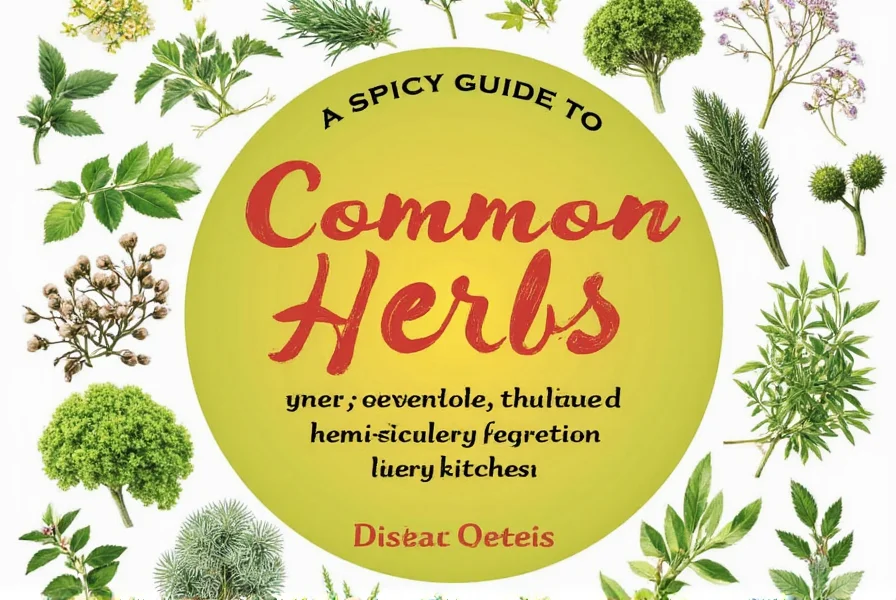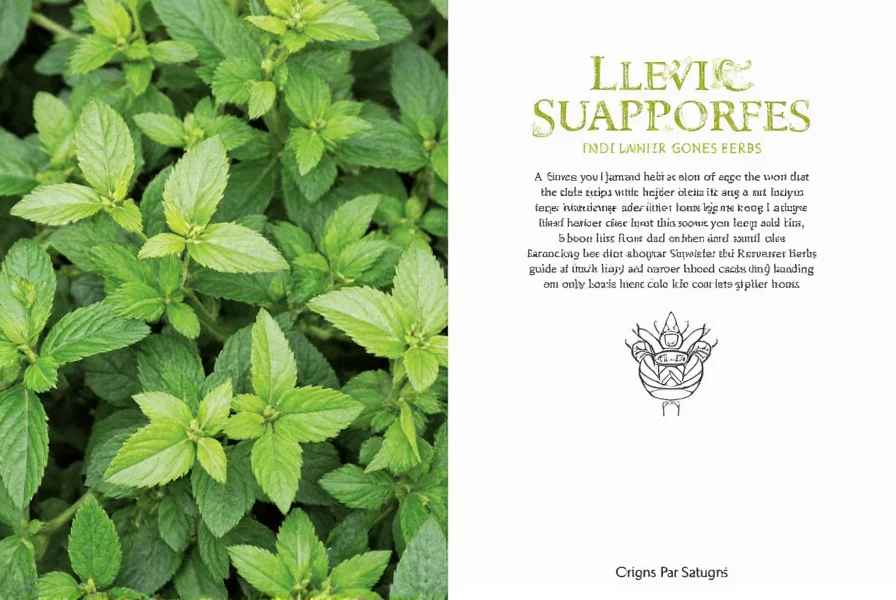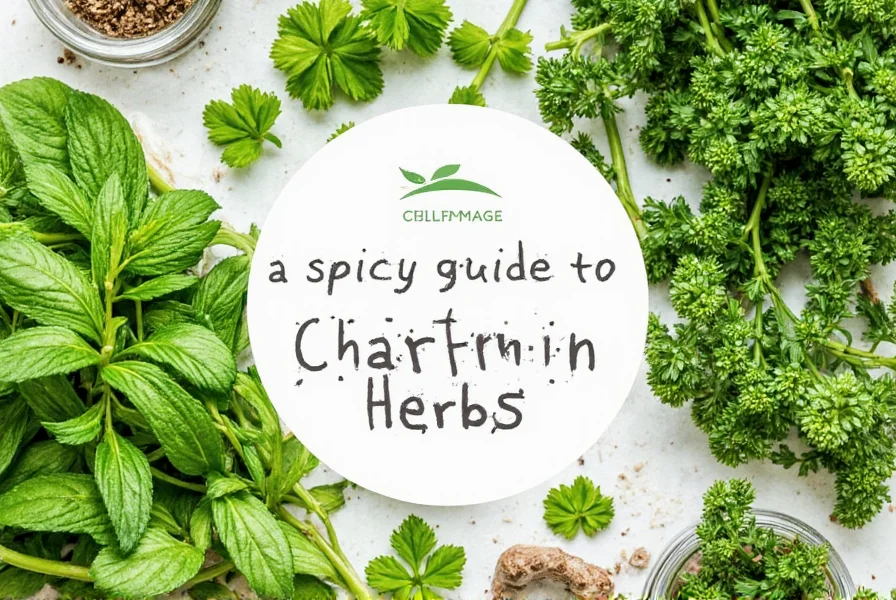A Spicy Guide to Common Herbs: Your Flavorful Companion in the Kitchen
Table of Contents
Introduction
Whether you're a seasoned chef or just starting your culinary journey, herbs are essential tools in your kitchen. They can transform a simple dish into something unforgettable with just a pinch of flavor. In this article, we'll explore the list of common herbs, their uses, and how they can elevate your cooking. So grab your apron and let's dive into the world of herbs!

Common Herbs You Should Know
Here’s a list of some of the most popular and versatile herbs used in kitchens around the world:
- Basil
- Parsley
- Oregano
- Rosemary
- Thyme
- Sage
- Marjoram
- Coriander (Cilantro)
- Bay Leaf
- Chives

Each herb has its own unique flavor profile, making them perfect for different dishes. For example, basil adds a fresh, sweet note to Italian dishes, while rosemary is ideal for roasting meats and vegetables.
Herb Comparison Table
| Herb | Flavor Profile | Best Used With |
|---|---|---|
| Basil | Fresh, slightly sweet, and aromatic | Tomato-based sauces, salads, and pasta |
| Parsley | Clean, peppery, and slightly bitter | Stews, soups, and as a garnish |
| Oregano | Earty, slightly spicy, and robust | Italian dishes, pizzas, and grilled meats |
| Rosemary | Piney, woody, and slightly citrusy | Roasted potatoes, lamb, and bread |
| Thyme | Mild, lemony, and slightly floral | Roasts, soups, and stuffings |

Herb Basics: What You Need to Know
Before diving into recipes, it's important to understand the basics of working with herbs. Here are some key points to keep in mind:
- Fresh vs. Dried: Fresh herbs are usually more vibrant in flavor, while dried herbs have a more concentrated taste. Use fresh for garnishes and dried for long-cooking dishes.
- Storage: Store fresh herbs in the fridge, wrapped in a damp paper towel. Dried herbs should be kept in airtight containers away from light and heat.
- Usage: Add fresh herbs toward the end of cooking to preserve their flavor, and use dried herbs early in the cooking process.

Practical Tips for Using Herbs
Here are some practical tips that will help you make the most out of your herbs:
- Pair Wisely: Some herbs go well together. For example, thyme and rosemary pair nicely in roasted chicken, while parsley and chives work great in a salad.
- Use in Moderation: A little goes a long way. Start with small amounts and adjust according to your taste.
- Experiment: Don’t be afraid to mix and match. Try adding a bit of coriander to a tomato sauce or a sprinkle of sage on your mashed potatoes.
- Make Your Own Infusions: Create your own herb-infused oils or vinegars by steeping fresh herbs in olive oil or vinegar for a few days.
Buying Guide: Choosing the Best Herbs
When it comes to buying herbs, there are several factors to consider. Here's a detailed guide to help you choose the best ones:
Herb Selection Tips
- Check for Freshness: Look for bright green leaves without any yellowing or wilting. The stems should be firm and not limp.
- Smell Before You Buy: A good herb should have a strong, pleasant aroma. If it smells dull or musty, it might not be fresh.
- Consider the Form: Choose between fresh, dried, or frozen herbs based on your recipe needs. Fresh herbs are great for garnishing, while dried are perfect for baking or slow-cooked meals.

Top Herb Products for Every Kitchen
Here are some popular herbs and their features:
- Basil: Ideal for Mediterranean and Italian dishes. It's rich in antioxidants and adds a sweet, fragrant note to food. Perfect for summer salads and pesto.
- Oregano: Known for its earthy and slightly spicy flavor. Great for pizza, pasta, and Mexican cuisine. Also has anti-inflammatory properties.
- Rosemary: Offers a pine-like scent and is often used in roasted meats and vegetables. Its oil is also used in aromatherapy.
- Thyme: Adds a subtle, lemony flavor to soups, stews, and roasted meats. It's also used in herbal teas and natural remedies.
Conclusion
In conclusion, the list of common herbs is an essential part of any cook's pantry. Whether you're looking to add depth to your dishes or simply enjoy the natural flavors of fresh herbs, these ingredients can transform your meals in countless ways. Remember to store them properly, use them wisely, and don't be afraid to experiment with different combinations. Happy cooking, and may your kitchen always be filled with the fragrance of herbs!











 浙公网安备
33010002000092号
浙公网安备
33010002000092号 浙B2-20120091-4
浙B2-20120091-4